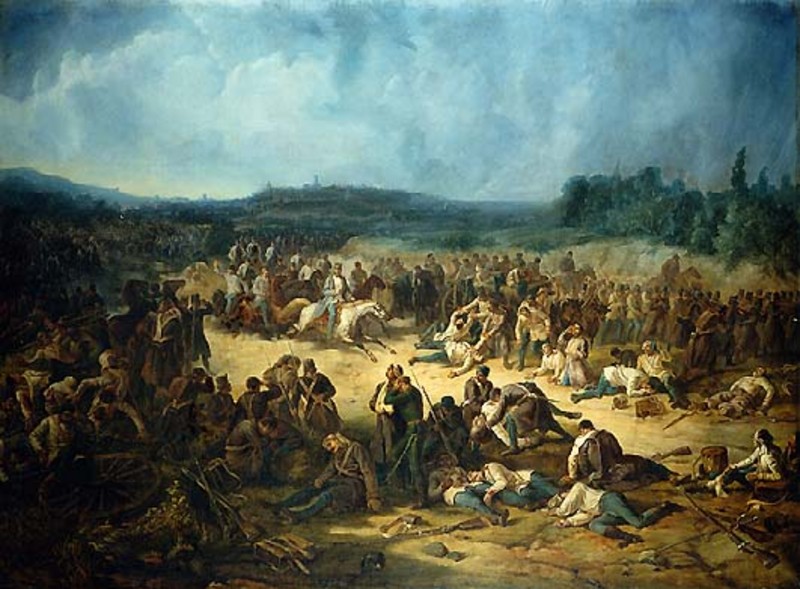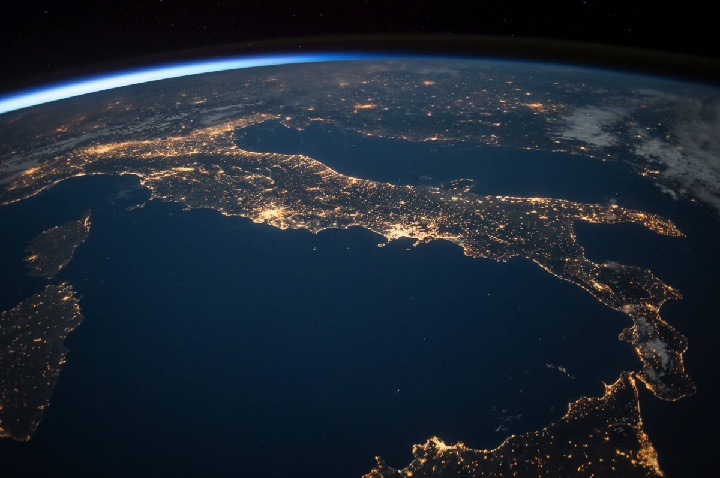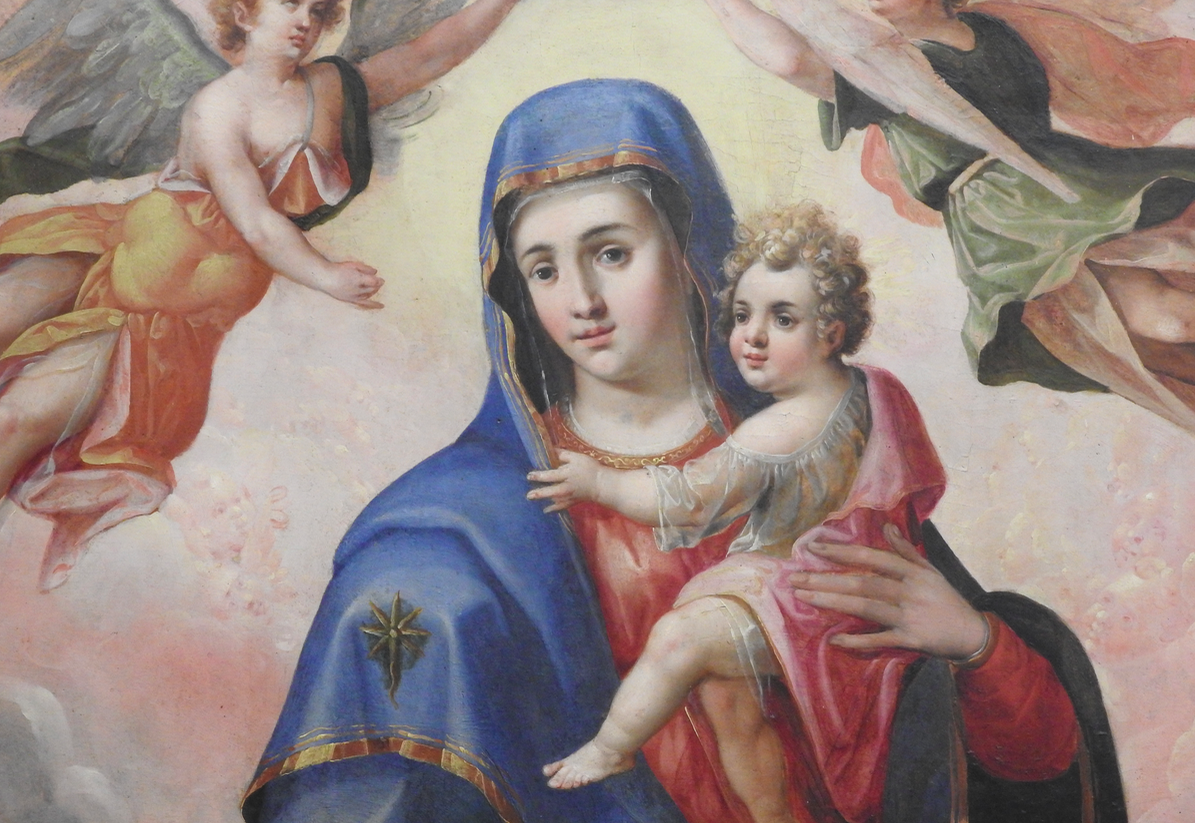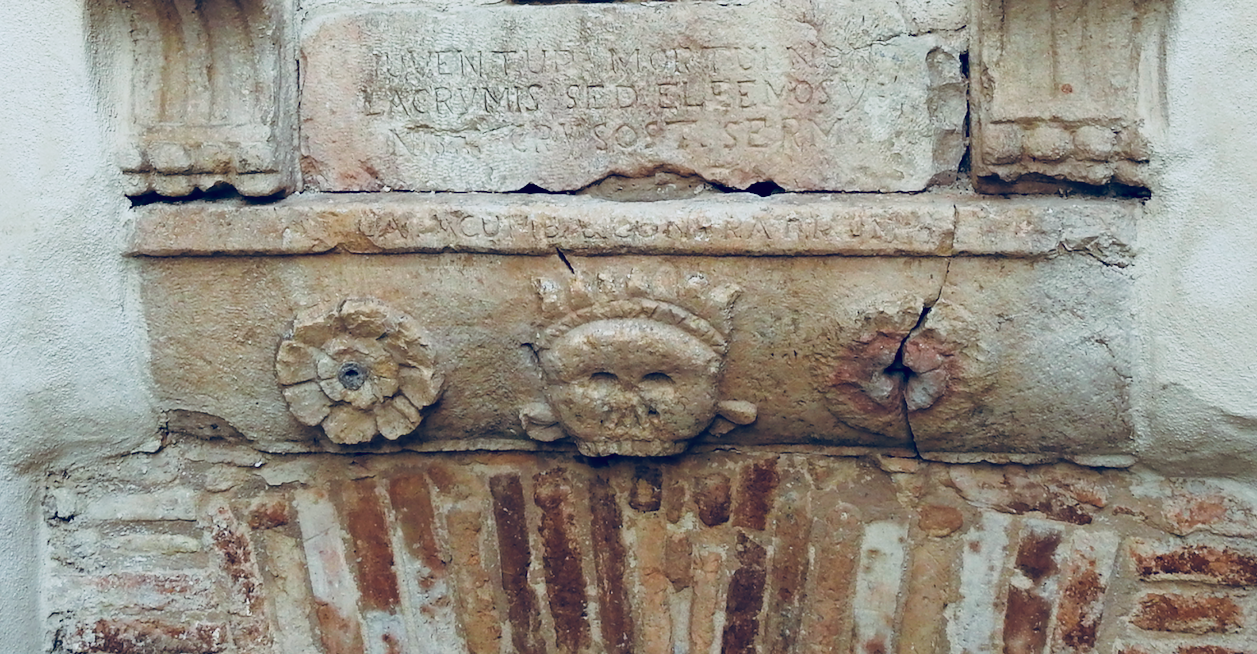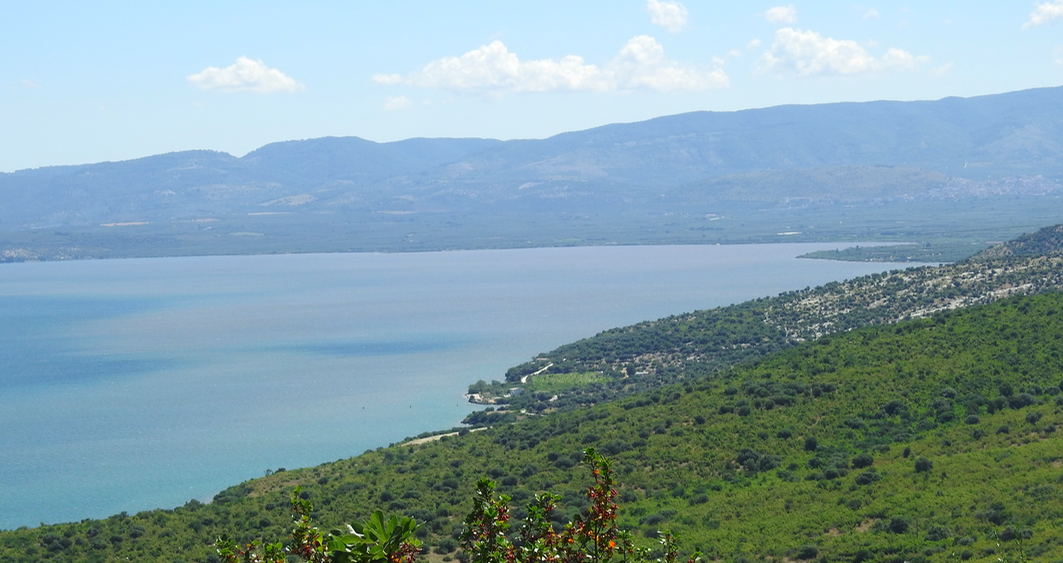-
Muslim Lucera and the Holy Roman Emperor
Truth is stranger than fiction, it is said and so it is for the story of Muslim Lucera. It is a story entwined with the life and times of the Holy Roman Emperor Frederick II. We cannot call Muslim Lucera the Muslim “capital” of the Holy Roman Empire, but for a time, it very nearly was. Lucera hosted one of Frederick’s many palaces and castles. One of his primary palaces was only 30 kilometres distant, in the city of Foggia, and Frederick himself has been called the “Sultan of Lucera” (although the label is a wild exaggeration). So let us explore the story. The city of Lucera still stands on…
-
Earthquakes – La Terra Trema
Italy’s changeable landscape is as much a character in her history as the people who live within her. Repeatedly, earthquakes are written into that history. Yet Italy often appears as a garden of Eden, full endlessly of the good things of the Earth: ancient olive groves, vines, fields of wheat, and much more; a bounty elicited by human industry and knowledge over many generations. Even the most apparently barren and uncultivated rocky slope may abound with edible plants and herbs of all kinds. From the sea, fishers still harvest. Everywhere potable water springs from Italy’s permeable limestone. This gentle and generous Mother Earth is at times savage. For Italy lies…
-
Sicily’s Medieval Map of the World
It must have been magnificent to see: a vast world map made of pure silver. For three centuries no better map was made. The glittering silver original graced the Palermo court of Roger II, the Italo-Norman King of Sicily and Southern Italy. It was made for him by his scholar geographer friend Muhammad Al Idrisi. The map represented one of the most ambitious scientific undertakings of its day taking more than 15 years to complete. It was imagined by a king famed for his learning at the height of his kingdom’s powers. It took almost 150 kilograms of silver to make and showed the world in 7 climates. To make…
-
Ancient Italy: The Arrival of Agriculture and the People from the Sea: 6000BC
In ancient times the mountainous spurs of the Apennines ran down Italy’s spine and the Alps were piled at its northern end much as today. But if we had been present in the ancient neolithic we would have seen an Italy which was unlike anything we know today. The coastline would have been somewhat different, although that would not have been the most dramatic difference. Italy was blanketed with forests and this part of the world was wetter than it is today. It is 6000 BC; an era in which people from the sea arrived and brought with them agriculture. Millennia later Vesuvius would erupt. But the arrival of agriculture…

